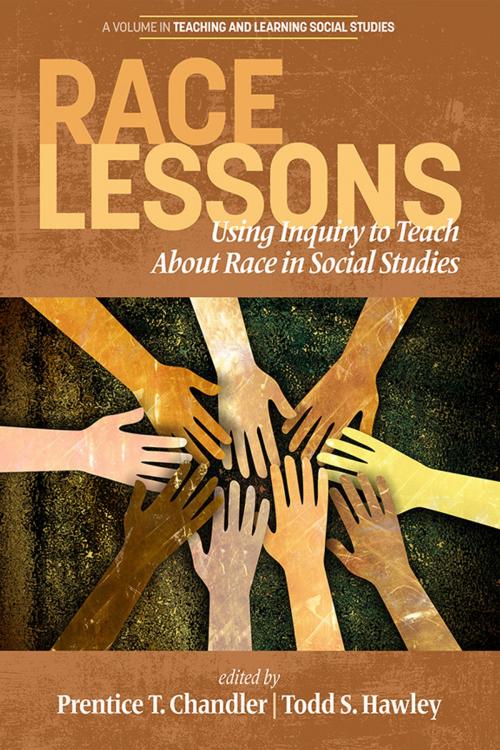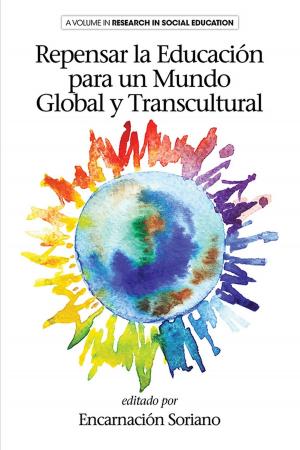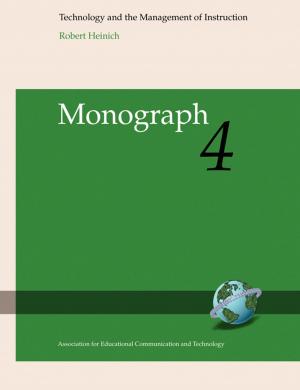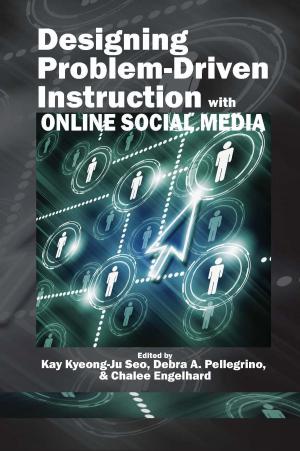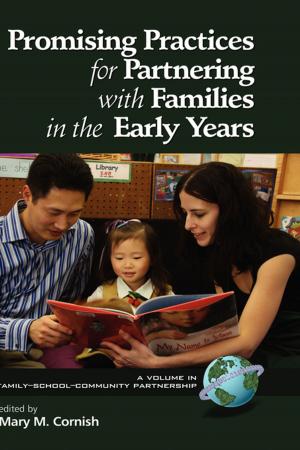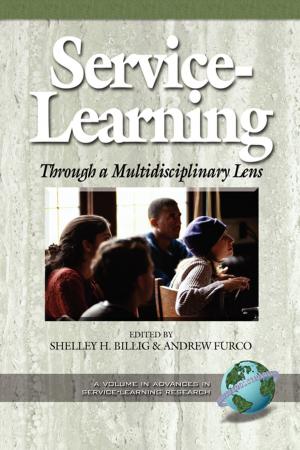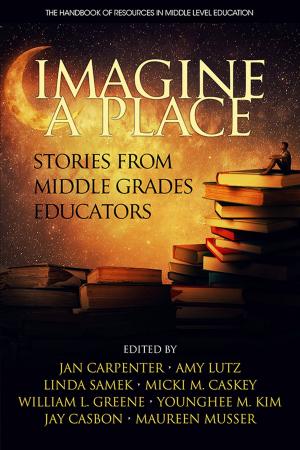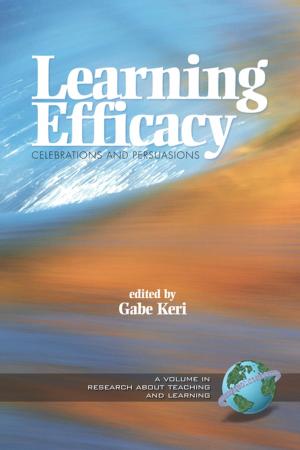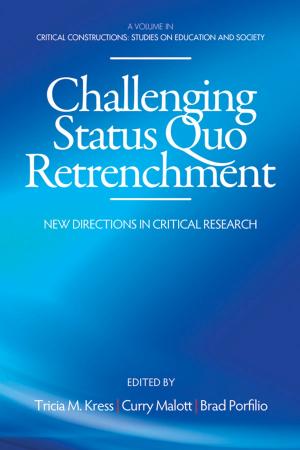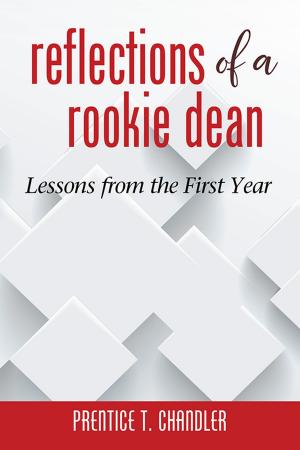Race Lessons
Using Inquiry to Teach About Race in Social Studies
Nonfiction, Social & Cultural Studies, Social Science, Cultural Studies, Minority Studies, Discrimination & Race Relations, Reference & Language, Education & Teaching, Teaching, Teaching Methods| Author: | ISBN: | 9781681238920 | |
| Publisher: | Information Age Publishing | Publication: | May 1, 2017 |
| Imprint: | Information Age Publishing | Language: | English |
| Author: | |
| ISBN: | 9781681238920 |
| Publisher: | Information Age Publishing |
| Publication: | May 1, 2017 |
| Imprint: | Information Age Publishing |
| Language: | English |
We hold that the mission of social studies is not attainable, without attention to the ways in which race and racism play out in society—past, present, and future. In a follow up to the book, Doing Race in Social Studies (2015), this new volume addresses practical considerations of teaching about race within the context of history, geography, government, economics, and the behavioral sciences. Race Lessons: Using Inquiry to Teach About Race in Social Studies addresses the space between the theoretical and the practical and provides teachers and teacher educators with concrete lesson ideas for how to engage learners with social studies content and race. Oftentimes, social studies teachers do not teach about race because of several factors: teacher fear, personal notions of colorblindness, and attachment to multicultural narratives that stress assimilation. This volume will begin to help teachers and teacher educators start the conversation around realistic and practical race pedagogy. The chapters included in this volume are written by prominent social studies scholars and classroom teachers. This work is unique in that it represents an attempt to use Critical Race Theory and inquiry pedagogy (Inquiry Design Model) to teach about race in the social science disciplines.
We hold that the mission of social studies is not attainable, without attention to the ways in which race and racism play out in society—past, present, and future. In a follow up to the book, Doing Race in Social Studies (2015), this new volume addresses practical considerations of teaching about race within the context of history, geography, government, economics, and the behavioral sciences. Race Lessons: Using Inquiry to Teach About Race in Social Studies addresses the space between the theoretical and the practical and provides teachers and teacher educators with concrete lesson ideas for how to engage learners with social studies content and race. Oftentimes, social studies teachers do not teach about race because of several factors: teacher fear, personal notions of colorblindness, and attachment to multicultural narratives that stress assimilation. This volume will begin to help teachers and teacher educators start the conversation around realistic and practical race pedagogy. The chapters included in this volume are written by prominent social studies scholars and classroom teachers. This work is unique in that it represents an attempt to use Critical Race Theory and inquiry pedagogy (Inquiry Design Model) to teach about race in the social science disciplines.
